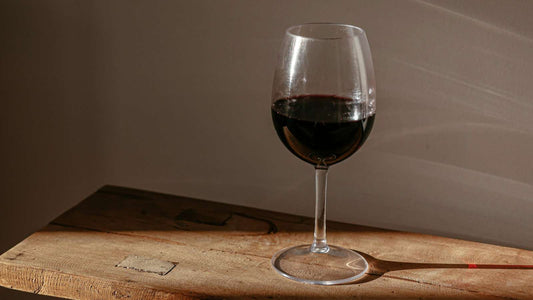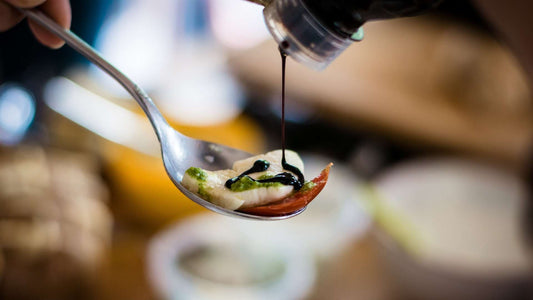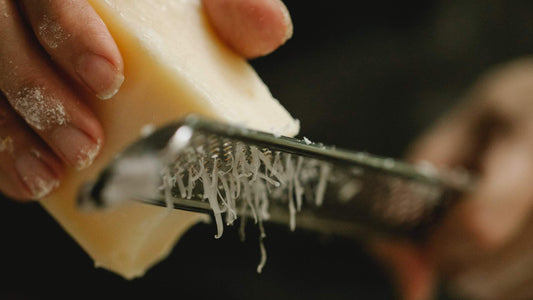the 3 fundamental rules for wine tasting
Choose the right glass
Choosing the right glass is essential to enhance the characteristics of each wine, influencing the perception of aromas and flavors. There are about fifteen types of glasses for different wines, including those for sparkling wines and fortified wines.
Glasses for white wines
For young, fresh white wines , a tulip glass with slightly flared upper edges is ideal. This design allows the wine to direct aromas towards the nose, enhancing delicate and fruity aromas. For fuller-bodied, mature white wines , a glass with a wider body and larger opening is preferable to better perceive complex aromas.
Glasses for red wines
Young red wines require a glass with a wide body for adequate oxygenation and aroma development. For full-bodied or mature red wines , a glass with a narrower opening is suggested, which helps concentrate the aromas.
Glasses for Sparkling Wines
Sparkling wines are generally served in flutes, a narrow, elongated glass that preserves the bubbles and allows you to appreciate the perlage. For fortified wines such as Marsala or Port, a Barbaresco glass is recommended, characterized by an accentuated opening and modest dimensions, which immediately concentrates the aroma and sweet taste of the wine on the tongue.
Practical Use of Glasses
Regarding the practical use of glasses, it is important not to fill them to the brim to allow the wine to swirl, thus releasing odorous particles. The glass must have a stem to avoid warming the wine with the heat of your hand.
Brindisi tradition
Finally, the tradition of the toast, in which glasses are knocked, has origins in ancient Rome and served to demonstrate the equality of wine among diners and to prevent poisoning. The word "Cin Cin" comes from the Chinese "ch'ing ch'ing", meaning "please, please", and was adopted by English sailors during trade with China.
Ideal temperature for wine tasting
The serving temperature of wines is crucial to best appreciate their organoleptic characteristics. Each type of wine has an ideal temperature that enhances its aromas, flavors and structure.
Sparkling wines
Sparkling wines vary in serving temperature depending on the type. Sweet, aromatic white sparkling wines such as Asti Spumante are best at around 8°C. Red sweet sparkling wines, such as Brachetto d'Acqui, are ideal between 10 and 12°C. For dry "Charmat method" sparkling wines, such as Prosecco, a temperature between 8 and 10 °C is recommended. "Classic method" sparkling wines, such as Franciacorta and Champagne, are optimal between 8 and 12 °C, especially if vintage or aged for a long time.
White wines
White wines , generally more acidic and less tannic than reds, are served at lower temperatures. Young, fresh whites are ideal between 10 and 12°C, while mature, more structured whites can be served between 12 and 14°C.
Rosé wines
Rosé wines follow similar lines to white wines when it comes to serving temperature. Young and light rosés are recommended between 10 and 12 °C, while more mature and full-bodied ones are between 12 and 14 °C.
Red wines
The serving temperature of red wines depends on their structure and tannins. Young and low-tannic reds are excellent between 14 and 16 °C, while for more full-bodied and tannic wines it can even reach 18 °C. Very mature and refined red wines can be served at 18°C, sometimes up to 20°C.
Sweet and fortified wines
Passito and fortified wines vary in serving temperature based on their specific characteristics. In general, it is recommended to serve them between 10 and 18 °C, with a higher temperature to emphasize the sweet characteristics and complexity of the aromas.
The importance of visual observation
Visual examination is a crucial phase in wine tasting, allowing you to obtain information about the wine before tasting it.
Wine color
The color of wine is influenced by various factors such as polyphenols in the skin of the grapes. The shade varies depending on the type of winemaking and the grape variety. The colors in white wines vary from greenish yellow to amber yellow, in rosé wines from pale pink to claret pink, and in red wines from purple red to garnet red.
Clarity of the wine
Clarity is determined by the presence of suspended particles in the wine. It may vary from clear to crystalline. Small crystals at the bottom of the bottle are normal and do not indicate a defect.
Consistency of wine
The consistency of wine refers to its density and viscosity, influenced by the presence of alcohols and sugar alcohols. During the rotation of the glass, the arches of the wine are observed. The denser and slower the arches, the greater the consistency of the wine.
Wine effervescence
For sparkling and semi-sparkling wines , effervescence, or the presence of carbon dioxide, is evaluated. The quality of the effervescence is assessed by observing the bubbles formed in the wine.
These elements of the visual examination provide preliminary indications on the quality and characteristics of the wine, which will then be confirmed or denied in the subsequent stages of tasting.







